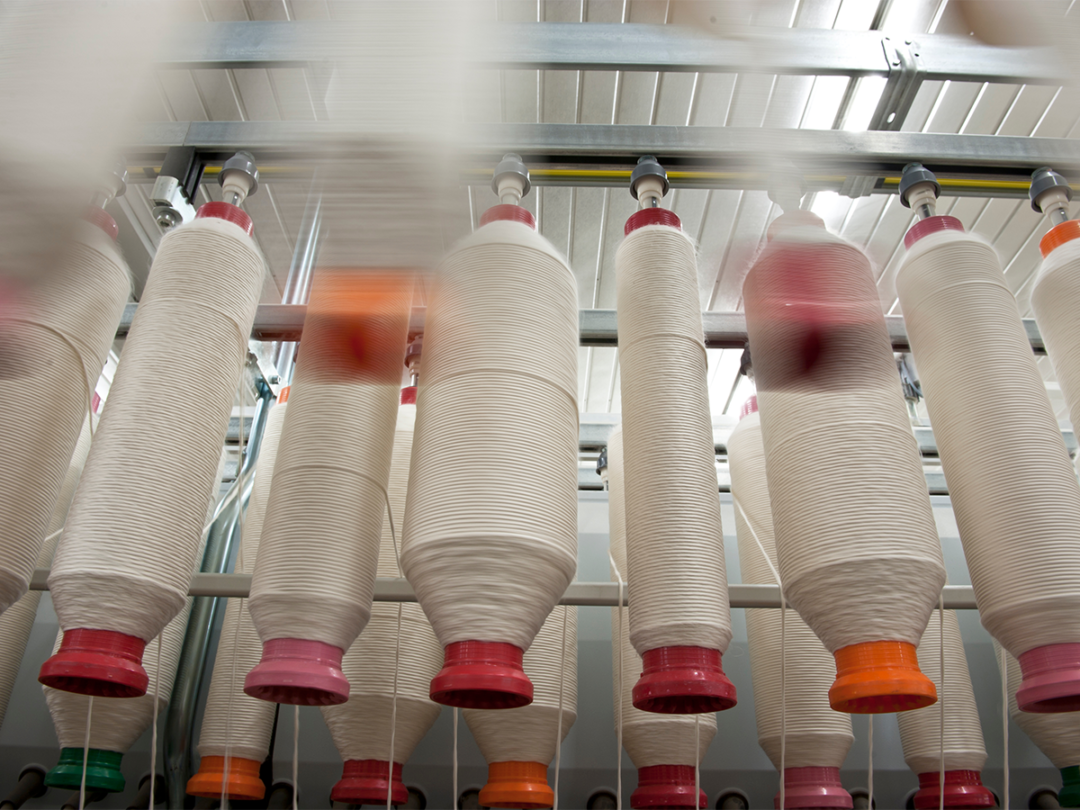
Much of the conversation around supply chain sustainability today focuses on the localization of sourcing, to cut down on emissions caused by moving product over long distances. But however laudable that goal might be, it’s not so easy to accomplish.
The issue of sourcing invariably gives rise to the key question: Sourcing of what? Finished goods? Components and assemblies? Raw materials? Rarely can a global supply chain rely on just one country or region for all of the content that goes into a given product — nor should it, given the risk of disruption caused by any number of unexpected events.
That said, environmental concerns are front and center in supply chain managers’ thinking today. Increasingly, the decision on where to source parts and finished goods is based on both bottom-line cost calculations and “green” considerations.
Hologenix LLC is acutely aware of the complexities of managing a global supply chain. The Southern California-based manufacturer describes itself as “a material sciences company producing innovative responsive textile products that energize all aspects of life — home, work and play.”
Central to Hologenix’s offering is Celliant, a textile containing infrared-generating minerals that are processed and manufactured in the U.S., then sold to brands around the world. The ingredient can be embedded into fibers, yarns and fabrics to produce “bio-responsive” textiles, which the company says regulates body temperature and promotes circulation and tissue oxygenation. Applications include apparel, sleepwear, bedding, upholstery, uniforms and medical supplies.
Hologenix chief supply chain officer Courtney OKeefe urges brands to partner with “like-minded companies or brands who are real about sustainability, and to be local-for-local, so that the full production of the textile product happens in one country whenever possible. This can really help minimize the footprint of the supply chain, and also helps with potential trade disruptions, cost and lead time.”
All well and good, but OKeefe also acknowledges that reality doesn’t always make that goal totally achievable. Drawing on a single country for all production makes a manufacturer vulnerable to natural disasters, pandemics and geopolitical disputes within that region — in other words, the very trade disruptions that she seeks to avoid through a “local-for-local” strategy.
What’s more, Hologenix is by necessity a global supplier that must meet the varying requirements of brands in multiple countries. Final conversion of a product might take place close to the source of consumption, but ingredients and raw materials often must come from far away, despite the fact that “the logistics of moving minerals to the U.S. is ridiculously expensive in the current environment,” OKeefe says. (China, for example, commands a near-monopoly on certain rare-earth minerals that are essential to many high-tech products.)
There are certain instances where local sourcing is mandated, especially when it comes to sales to the U.S. military and other purchasers who are determined to “buy American.” In such cases, OKeefe strives to ensure that the yarn that goes into finished fabric is produced domestically.
Increasingly, supply chains are waking up to the need to embrace sustainable practices, driven by growing customer awareness of climate change. “The brands we tend to work with have a little bit higher standards for all corporate social responsibility activities,” OKeefe says.
Hologenix isn’t immune to the logistical impact of the COVID-19 pandemic, not to mention a host of recent natural disasters and other global issues. Notwithstanding OKeefe’s commitment to streamlining and localizing supply chains, “we are deliberately making sure that if one plant has issues, we can ship to another for business continuity,” she says, adding that “we have not been forced to adjust our basic daily processes, other than expecting things to run slower.”
Regardless of where product is being sourced and sold, recent events — especially economic uncertainty — have heightened awareness of supply chain risk. “Contingency planning has always been a key factor,” OKeefe says, “but it definitely is harder now. I’ve been in supply chain for over 30 years, and this has probably been the most challenging in terms of inflationary pressure.”
Hologenix continues to support manufacturers with both localized and overseas sourcing strategies, with the final decision often resting on the cost of labor, opportunities for automation, scale of production and nature of the products themselves.
“I address it the same way as someone balancing a financial portfolio,” says OKeefe. “We have pockets of opportunity that respond to the business at large. We’re just an ingredient. When we think about how we service our brands, the evolution of the product can have a downward ripple [effect] on where we’re sourcing.”







